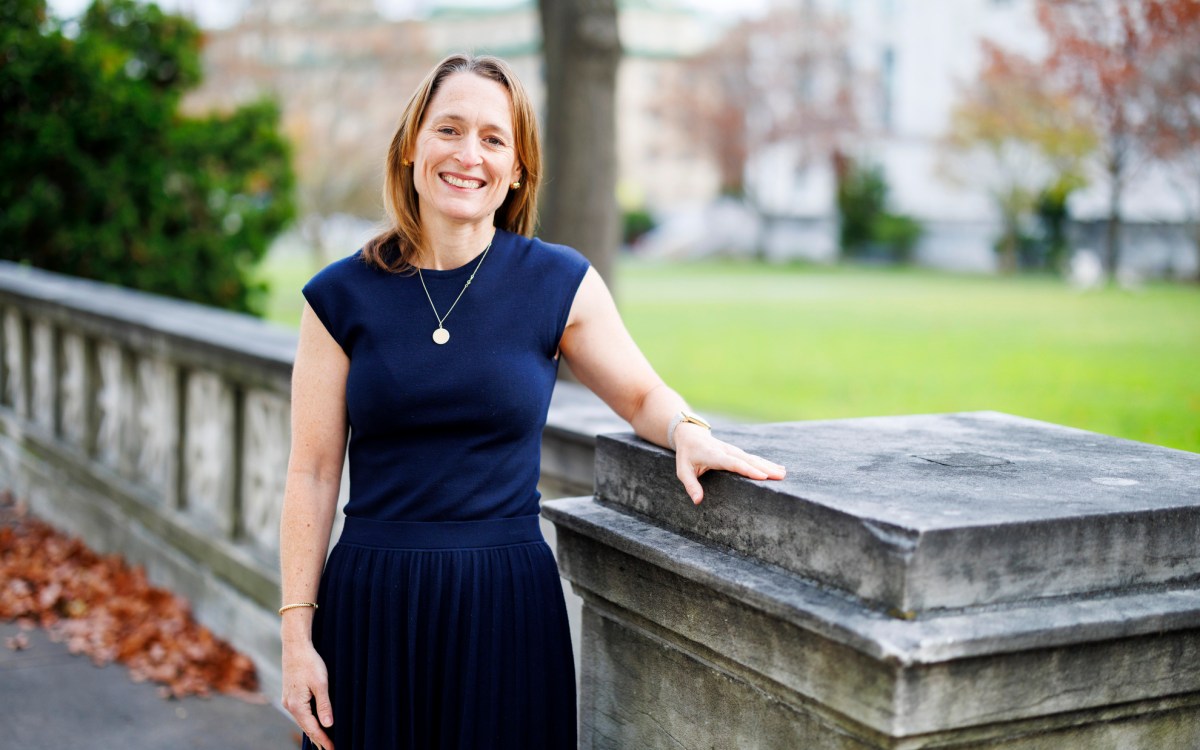Irish pauper patients and the American maternity hospital, 1860-1913
A March 17 or December 24 birthday often meant that the woman did not know her real birthday or perhaps even her age. She perhaps adopted a date significant to Irish Catholicism as a memory aid and as a link to home. A patient who listed two addresses usually worked in service as a maid or cook. They dealt with prejudice and poverty, frequently alone, and often earned a living without education.
These are among the findings of Ciara Breathnach, the Foundation for the History of Women in Medicine Fellow who spent a year looking for clues about impoverished Irish women in the U.S. between 1860 and 1913 in medical records of the New England Hospital for Women and Children (NEHWC) held by the Center for the History of Medicine (CHoM) at Countway Library. Breathnach, a lecturer at the University of Limerick, shared her research at a talk, “Irish Pauper Patients and the American Maternity Hospital, 1860–1913,” sponsored by CHoM.
The NEHWC provided free medical care and drew patients of limited means. Its records captured data about women during their lying-in and labor and provide a source of information on a group about which information is limited. Other records about this demographic group are no longer accessible; archives have closed or are held by hospitals still in operation and restricted by HIPAA regulations.
The data allowed Breathnach to paint a fuller picture of a marginalized socioeconomic group and learn touching and sometimes tragic details about the women’s lives.





